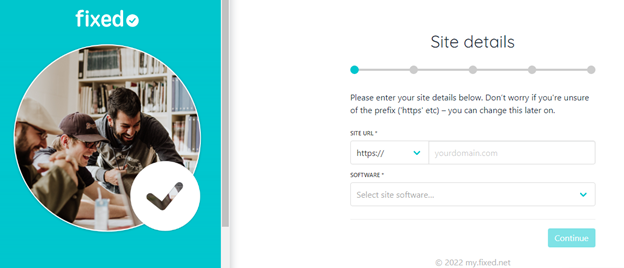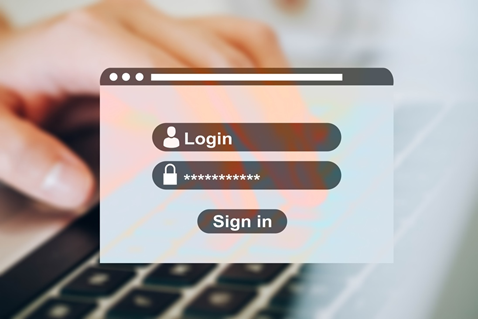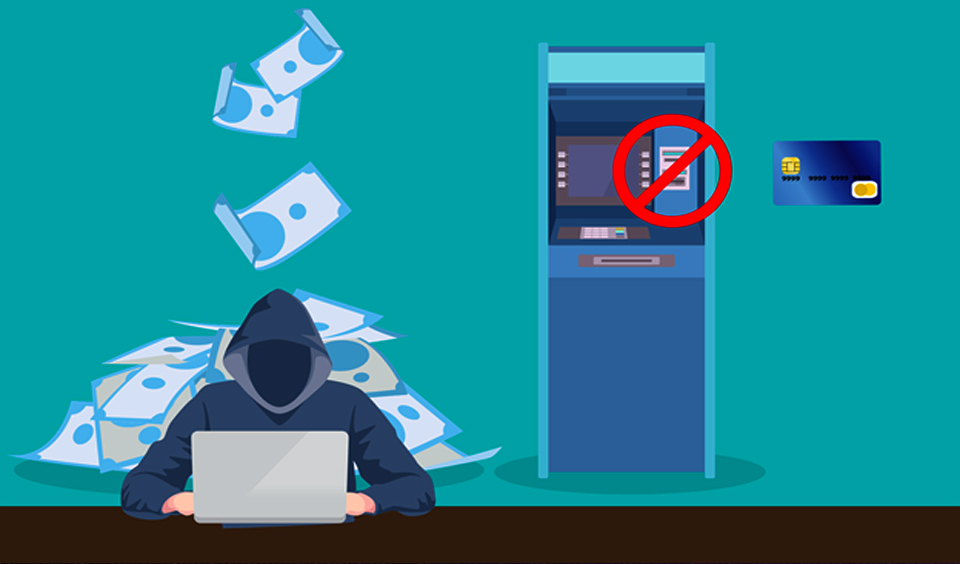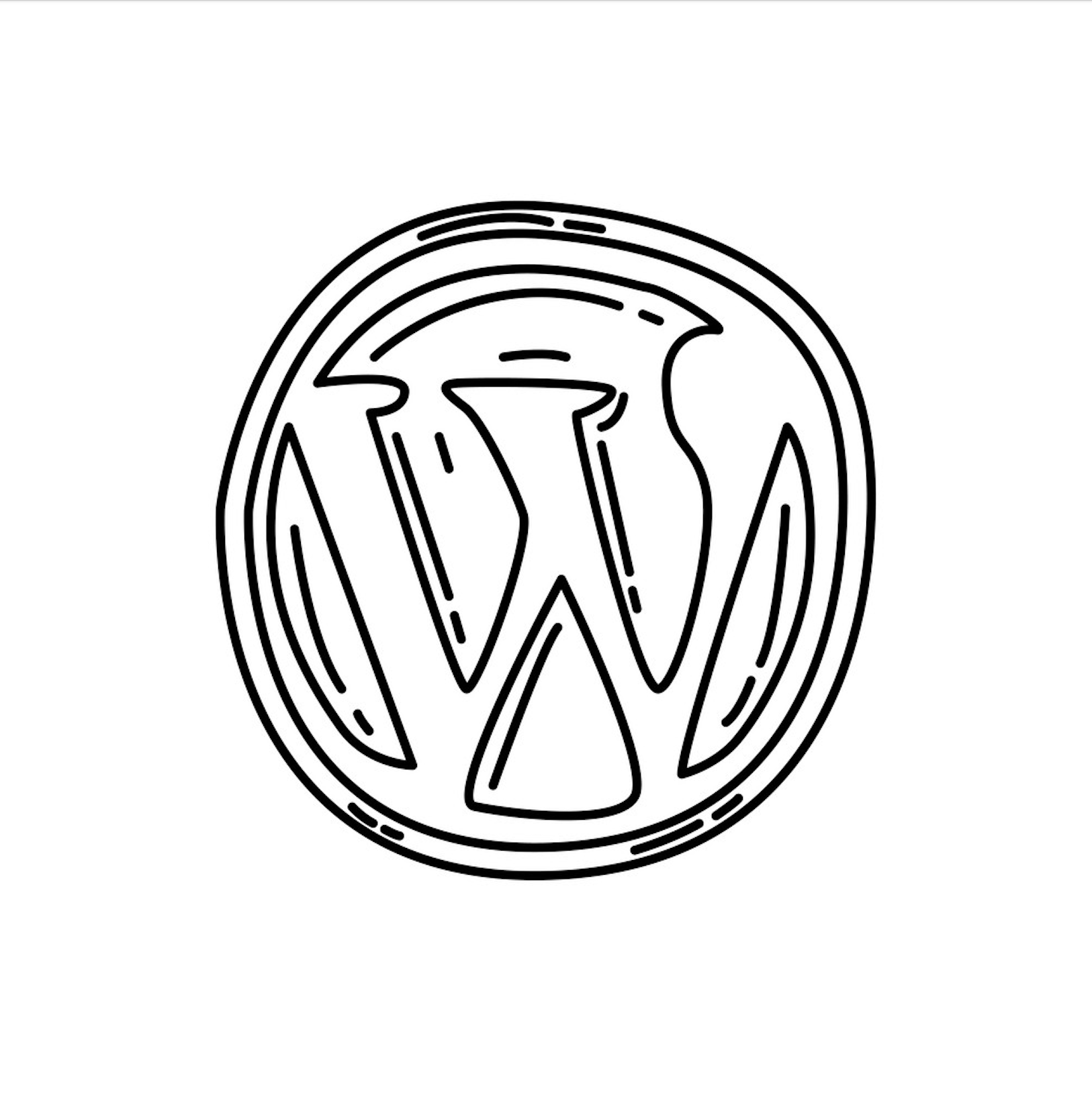One established safety measure that ensures web safety is URL Blacklisting. It aims to prevent internet users from visiting phishing or malware-infected website. Unfortunately, some good sites get blacklisted because of hackers.
What is URL Blacklisting?
A URL blacklist contains a list of sites flagged for engaging in suspicious or malicious activity on the web. These sites have been deemed dangerous and insecure for users by a search engine, antivirus program provider, hosting provider, or other authoritative bodies.
Although users have the freedom to proceed to the site after the warning, most users return to the search engine to avoid getting infected.
Primary Site Types in Google Blacklist
According to the Safe Browsing Advisory of Google, the search engine uses user feedback and automatic algorithms to compile the lists of potentially harmful websites. The three primary types of websites included in the lists are:
• Malware Pages
These are web pages that contain malicious code that can download and install software on users’ computers without authorization. This software tries to collect the personal information of the user or use their computers to perform unauthorized.

• Social Engineering Pages
Also known as deceptive and phishing sites, social engineering pages try to trick users into carrying out dangerous activities online. Such online activities include supplying financial or personal information or installing unwanted malware on the computer device.

• Unwanted Software Pages
These are pages that promote tools that violate the Software Principles of Google. These unwanted software pages are potentially dangerous and come as deceptive adverts of a value proposition that the platform cannot fulfill. It may also remove some significant and principal functions; gather private information without the user's knowledge.

In 2003, Google announced that it blacklisted about 10,000 sites daily. Over the years, this figure has significantly increased. Although the objective of the safety browsing service offered by Google is to protect users against malware and phishing, some businesses got caught up in the firing line.
Google sometimes penalizes website owners that are not aware that their website has been hacked or infected.
Top Reasons a Site can be Blacklisted
Site owners and users must understand why websites get blacklisted. This will help them to avoid the situation or resolve any issue associated with getting blacklisted so they can get back online. It will also help users to understand the risk related to visiting websites flagged as potentially harmful. Here are some reasons a site may be blacklisted.
• SEO Spam
This is a common attack form that often leads to getting blacklisted. According to reports, SEO spam makes up about 62% of infected sites cleaned by Sucuri in 2019. SEO spam makes it easy for unscrupulous internet users to access a site and add spam content to high-traffic and high-ranking pages.
The goal is to sell fake or illicit products to users through the site. It is interesting to note that these spam keywords and popup adverts are difficult for site owners to see.
• Phishing Scheme
When a site is flagged or reported to run phishing schemes, it will get blacklisted. Phishing sites are fake sites that pretend to be legitimate to deceive users into providing personal information, such as social security numbers, credit card information, username, and password. Such websites often include links that redirect site users to phishing sites or are set up as phishing sites.
• Malware Code
This is one of the common reasons a site gets blacklisted. When a malware code or irregularities are detected on a site, it is flagged as being dangerous. Malware takes different forms, such as Trojan horses.
Trojan horses are malicious software or code that seems legitimate but designed to deceive users into downloading and installing such malware on their devices. When installed, the software takes over the device and carries out harmful actions on it.
How to Prevent URL Blacklisting on your Website
• Choose a Secure Hosting Provider
Your preferred hosting provider should provide features such as strong firewalls, built-in server security, and continuous monitoring. With this, it becomes easy to quickly identify vulnerabilities and avoid attacks and other security breaches on your site. A secure hosting provider also lets you know of any suspicious activity on your website and help you restore your site if it gets infected.

• Implement Automated Cybersecurity Service
The frequent scanning of your website ensures you do not get backlisted for threats or infections. When you regularly scan your site, you can easily identify any malicious activity and implement appropriate solutions as soon as possible. If your provider does not scan and monitor your website, you may want to consider using a third-party security service. There are good options that you can explore in the market.
• Regularly update your Third-party Apps and Software
Hackers often use insecure point of entry or backdoor to access your website and install Trojan horses, spammy keywords, or malware. Outdated plugins, apps, and software are the most common backdoors that hackers use. Therefore, it is recommended that you update your third-party applications and core software to ensure that your site is safe and secure.

• Reduce Login Attempts
Hackers also use brute force to attempt to access your website. How does this work? Hackers use bots to run through billions of possible username-password combinations to guess the correct credentials on a site. To prevent this from happening on your site, you should limit the number of login attempts that can be used on your site. You may also want to improve your password and make it stronger.
• Use Strong Password
Hackers use dictionary attacks to gain access to websites. This type of attack uses a list of words that are commonly used to guess the password to a site to take over the account. You can prevent this on your site by using a strong password in your site.
You can also request that users on your website use strong passwords containing both lowercase and uppercase letters, symbols, numbers, and others. If you run a membership website or have many users working from the backend on your site, you should consider using this method to fortify password usage on your site.

• Allocate Roles and Permission
If your site has multiple users, it is recommended that you assign user roles and permission. This will help secure your site from hackers trying to gain access through one of the users' accounts.
When you assign roles and permissions, a hacker can only get as much access as the permission granted to the user that has been hacked. If they guess the login details of a user with limited permission, it becomes difficult to install phishing links, malicious popups, and software on your device.
Conclusion
Blacklisting is a popular safety measure used by antivirus program providers, search engines, and other authorized bodies such as Google, Norton Safe Web, Bing, and McAfee SiteAdvisor. Although blacklisting protects online visitors, it can damage the reputation, traffic, and revenue of a site. Therefore, it is crucial to understand the causes of blacklisting and the steps you can take to prevent them.





